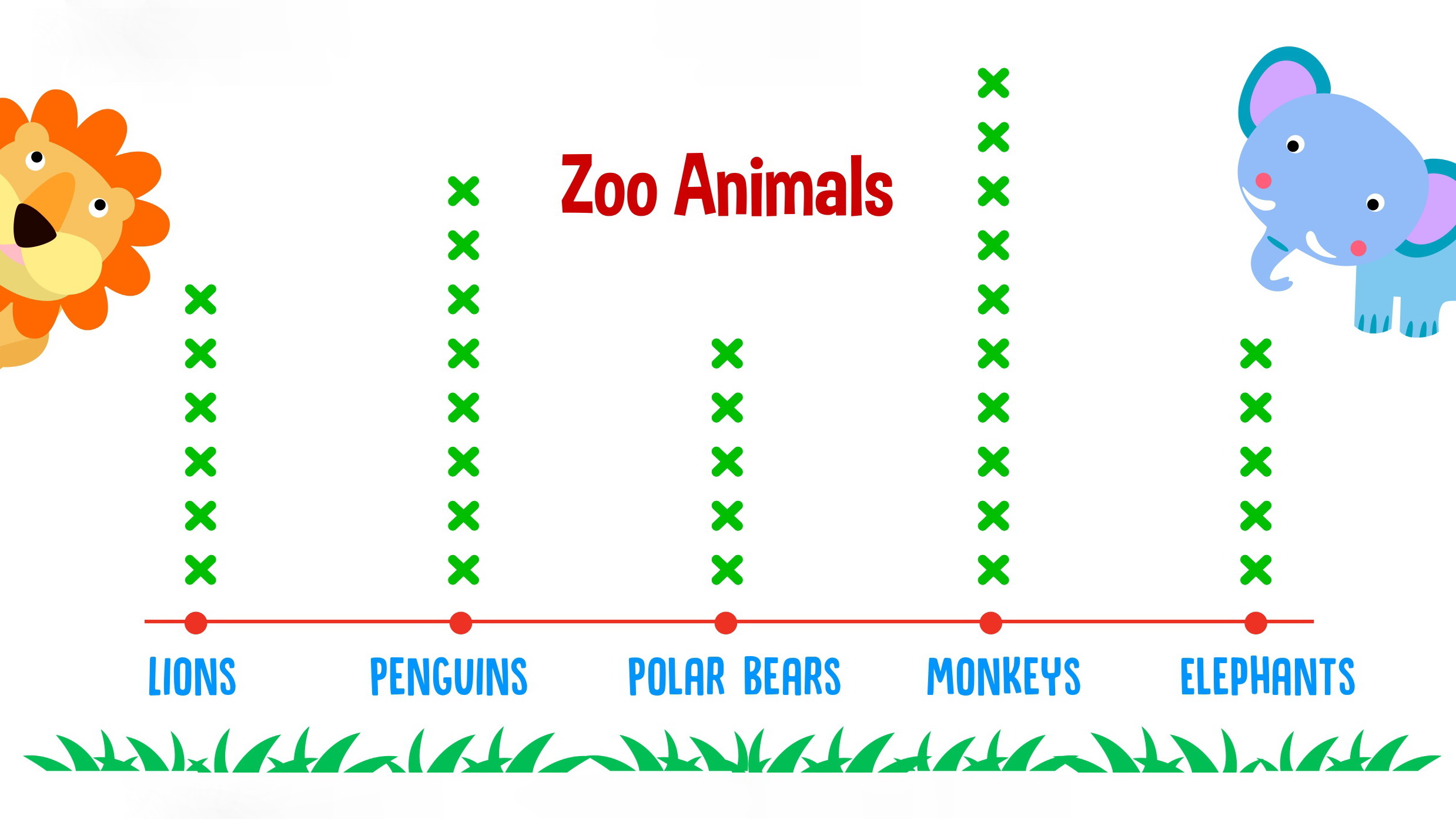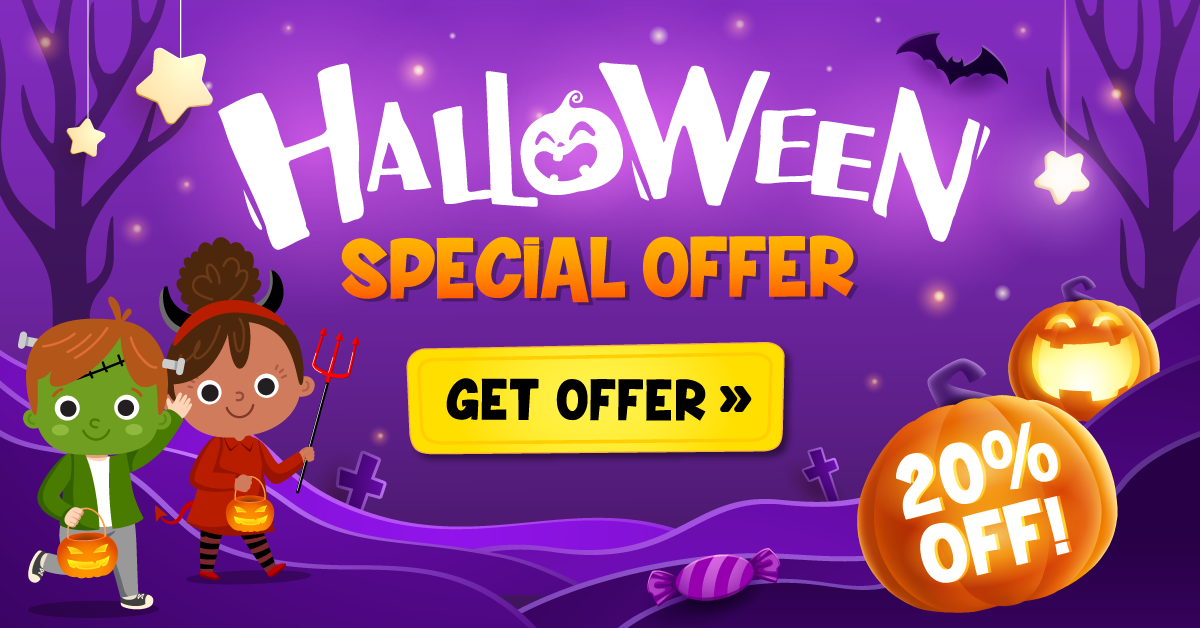Sound-letter correlation Worksheets for 4-Year-Olds
4 filtered results
-
From - To
Introduce your 4-year-olds to the fascinating world of sound-letter correlation with our engaging worksheets! Designed specifically for early learners, these activities help children connect sounds to letters, strengthening their foundational literacy skills. Incorporating fun illustrations and interactive exercises, our worksheets captivate young minds and make learning enjoyable. Each page guides children through identifying letters and their corresponding sounds, enhancing phonemic awareness and paving the way for successful reading. Perfect for preschool or home use, our materials ensure that your child builds confidence in recognizing and using letters in language. Download our sound-letter correlation worksheets today and watch your child's reading skills flourish!
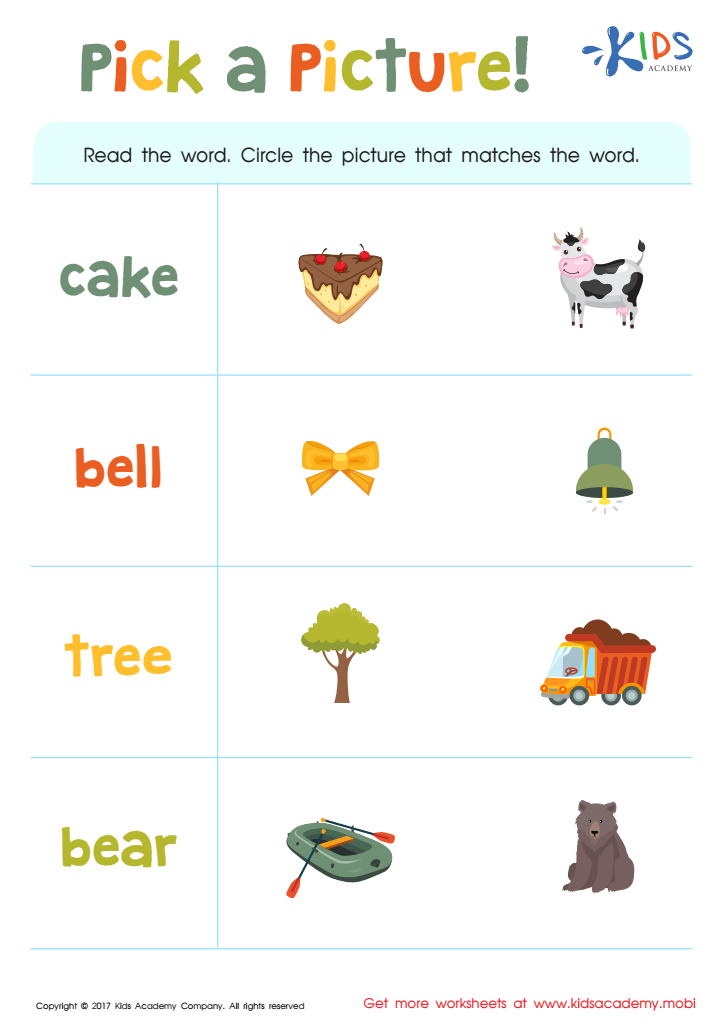

Pick a Picture Word Recognition Worksheet
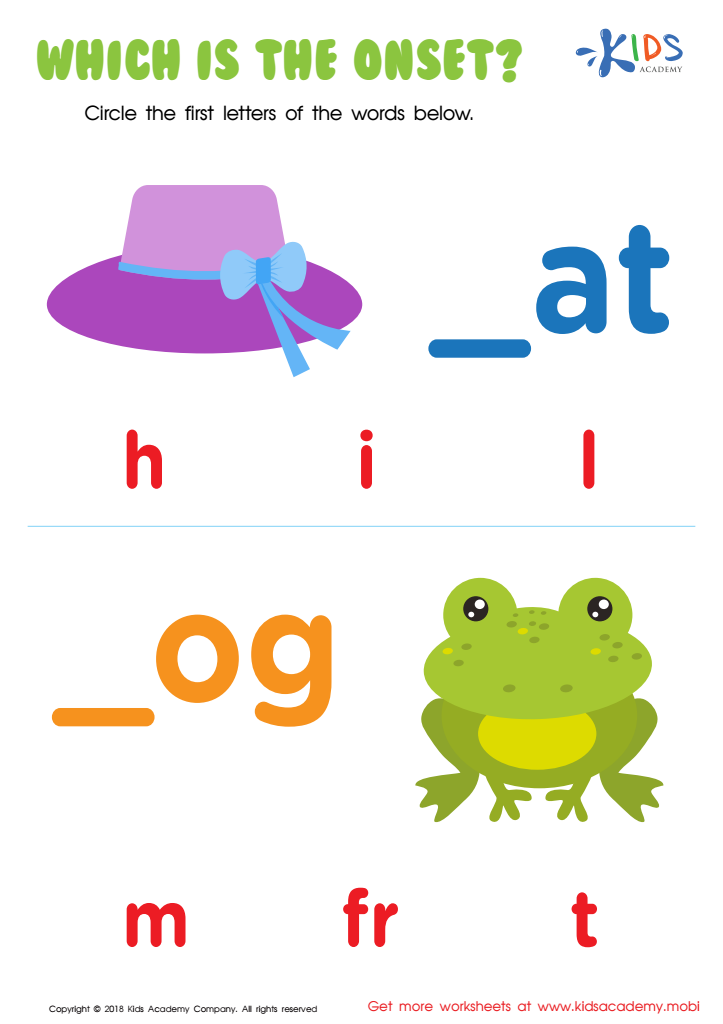

Which Is the Onset? Worksheet


Sounding it Out: Part 1 Worksheet
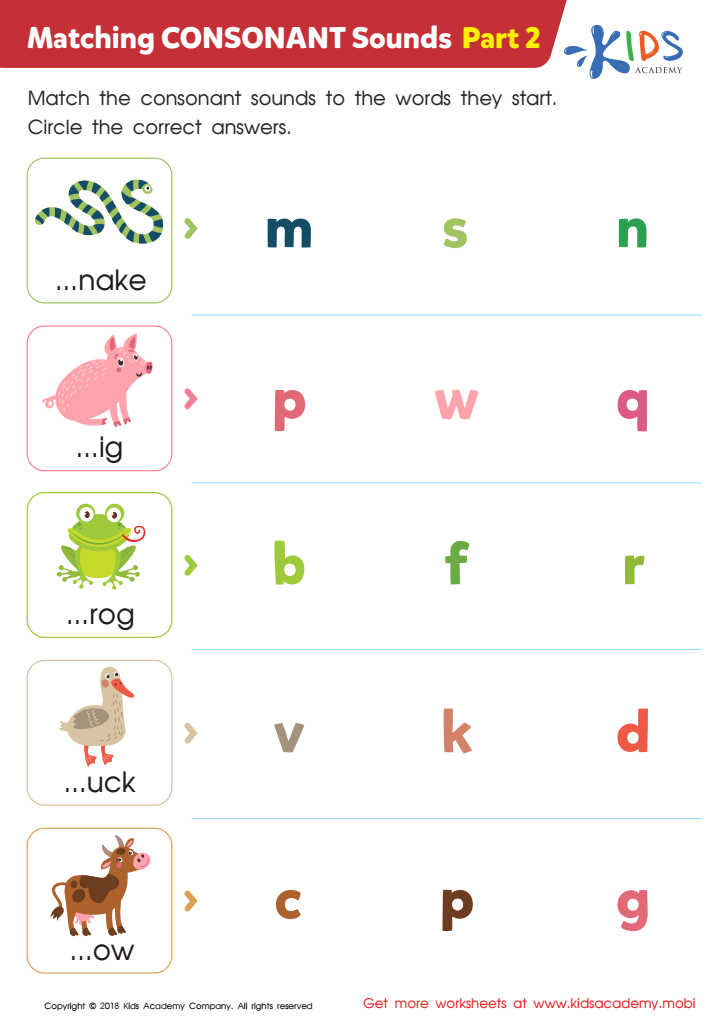

Matching Consonant Sounds: Part 2 Worksheet
Parents and teachers should prioritize sound-letter correlation for 4-year-olds because it lays the foundation for reading and writing skills. At this age, children are developing their phonemic awareness, the ability to hear and manipulate sounds in spoken words. Understanding the relationship between sounds and letters enables them to decode words, making it easier to read independently as they progress.
Strengthening sound-letter correlation supports vocabulary acquisition as children can connect new words with their corresponding sounds. This understanding promotes better listening skills, crucial for effective communication and comprehension. Furthermore, early exposure to these concepts fosters a love for language and literacy, encouraging kids to engage with books and storytelling.
Additionally, sound-letter correlation contributes to phonics skills, which are essential for spelling and writing. Recognizing that letters represent sounds helps children form words correctly and express themselves on paper, skills that are invaluable throughout their educational journey.
Ultimately, early instruction in sound-letter correlation equips children with critical tools for academic success while building their confidence. Consequently, parents and teachers play essential roles in mentoring children through fun and interactive activities that promote an environment rich in language exploration, making learning enjoyable and effective.

 Assign to My Students
Assign to My Students






